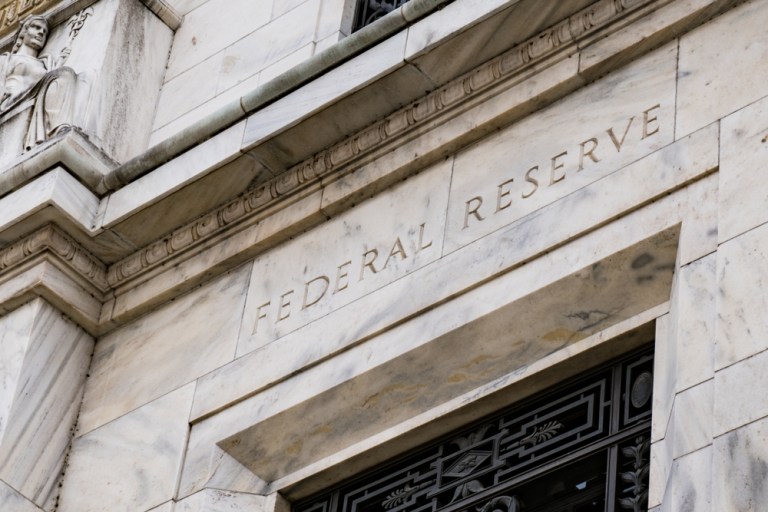Fed Finds Biz Lending Swell Continues, But There’s A Downside

Traditional institutions are picking up steam in their efforts to collaborate with alternative financiers and FinTech firms, largely viewed as a way to spin the competition into allies and upgrade their lending services without the burden of in-house R&D. However, the Federal Reserve‘s latest analysis of the U.S. corporate lending sphere suggests banks have adjusted the competitive tides, with rising rivalries between each other now driving business lending trends in the nation — though the trend is not all good news for the corporate finance sector.
The Fed‘s latest quarterly Senior Loan Officer Opinion Survey, released Monday (Aug. 6), found banks are tightening their credit card loan standards for consumers, while standards for auto loans and residential real estate have stayed the same.
Corporate lending, however, is seeing a slight ease in standards as banks ramp up their competitive efforts. The Fed’s survey — of top bank officers at 72 domestic banks and 22 U.S. branches of foreign banks — found lenders have greater tolerance for risk and increased liquidity. Those factors, combined with improving economic outlooks and increasing competition from other lenders, contributed to an easing of business loan standards for corporate borrowers of all sizes in the second quarter of the year. Banks are also upping commercial credit line limits for large corporates, reports said.
According to the Fed, nearly all domestic lenders “cited increased competition from other lenders as a reason for easing” those standards.
Reports in Reuters said the data follows similar findings from the Fed’s Q1 report, which concluded that commercial and industrial loan balances hit a record $2.13 trillion. This quarter’s survey respondents said they’ve witnessed higher demand for corporate loans from smaller companies. But not all categories of business financing are experiencing the same effects of stronger economic optimism. The Fed found that commercial real estate loan standards have either remained the same or tightened in the last quarter. More than 20 percent of survey respondents also reported a decline in demand for construction and land development loans.
Rising demand and easing standards both suggest a strong economic outlook from lenders and borrowers. The Fed’s report was published weeks after announcements of a 4.1 percent economic growth in the U.S., according to Reuters and other publications, marking the nation’s fastest pace of economic growth in nearly four years. However, some economists warned that the economic surge may be attributed to temporary factors, including one-time tax cuts and a sudden spike in soybean exports to China as farmers brace for trade tariffs.
Just as the nation’s economic growth may have a caveat, easing corporate loan standards could have a dark side, too.
Reports in The Wall Street Journal last May surveyed loan data and found lower interest rates, and more favorable terms, offered by banks to business borrowers. While that trend may appear a positive sign of economic growth, some analysts warn that even corporate borrowers in struggling industries are benefitting from improved offers; the Fed’s plans to continue increasing interest rates could mean those borrowers will be unable to repay.
The Office of the Comptroller of the Currency (OCC) recently released a report issuing a warning that easing corporate loan standards could amplify risk for the market, and added that, in the last year, it has sent private notices to financial players, urging them to change their business lending practices. According to regulators, corporate loan growth hit an annual rate of 3 percent by mid-May. The OCC said that between Q4 2017 an Q1 2018, it issued 24 percent more Matters Requiring Attention (MRAs), seeking for lenders to alter their practices, though the OCC did not reveal which lenders received those notices.
The OCC said in its report, according to WSJ, “The worst loans are often made in the best of times.”